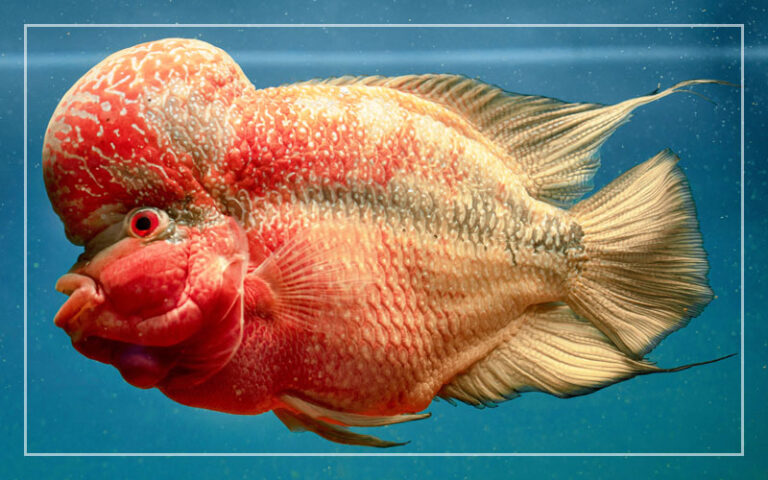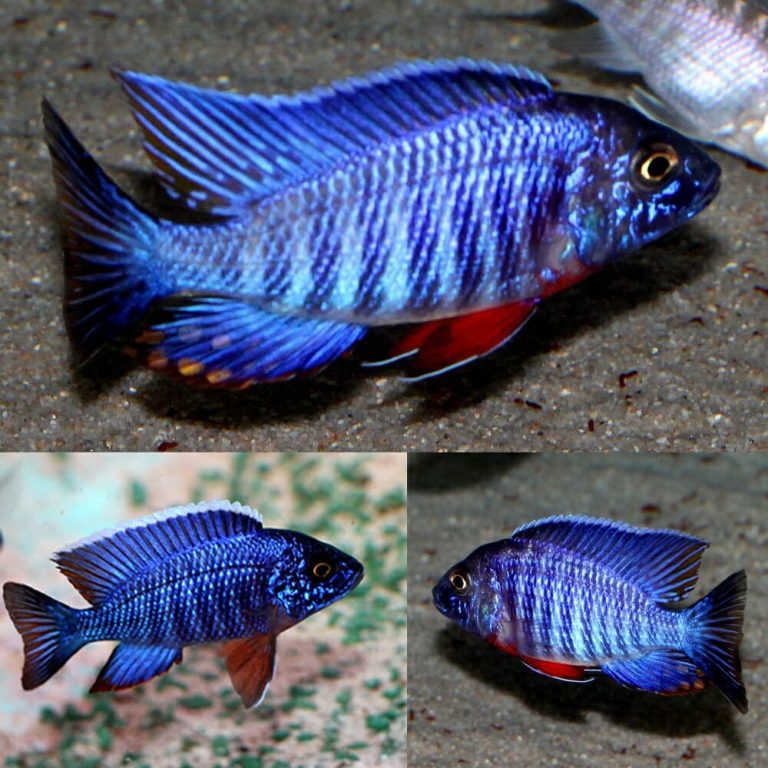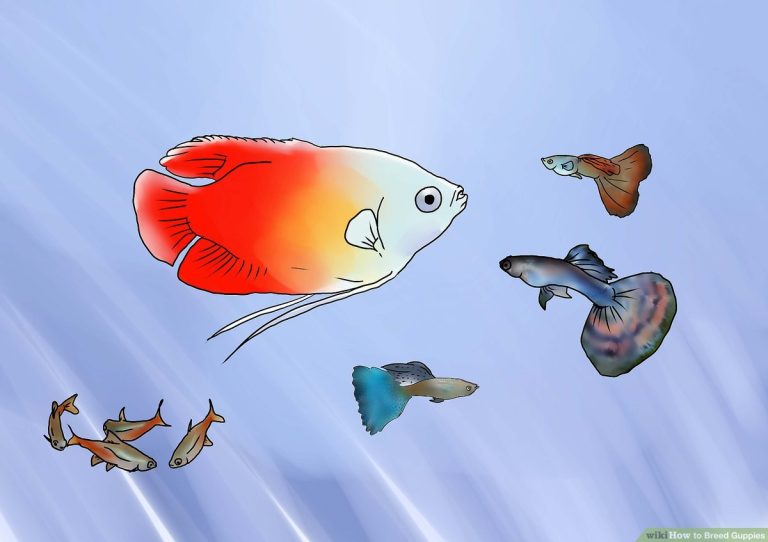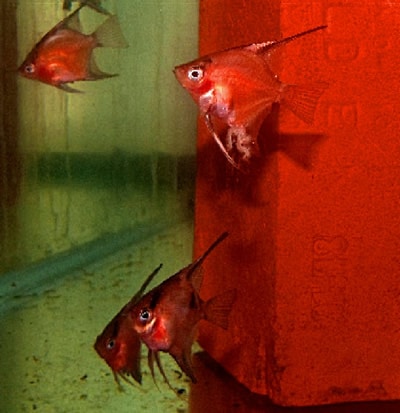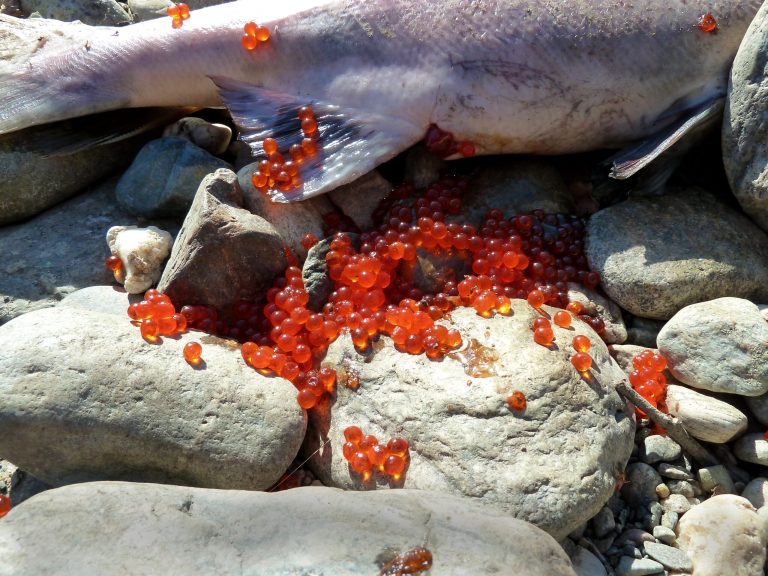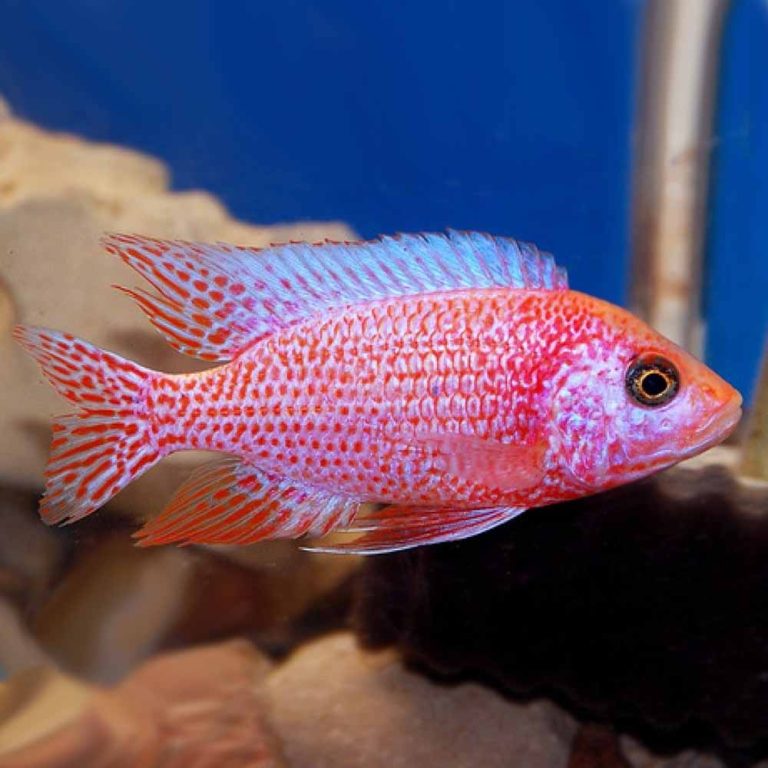Rummy Nose Tetra And Angelfish
Are you contemplating adding some rummy nose tetras and angelfish to your aquarium? These two fish species are popular choices among fishkeepers due to their striking colors and peaceful nature. In this article, we will delve into the world of rummy nose tetras and angelfish, exploring their characteristics, care requirements, and compatibility with other fish. So, let’s dive in and discover everything you need to know about these beautiful aquatic creatures.
**What are Rummy Nose Tetras and Angelfish?**
Rummy nose tetras, scientifically known as Hemigrammus rhodostomus, are small schooling fish native to the Amazon River basin in South America. They get their name from the bright red coloration on their nose and lower body, resembling the rim of a classic rummy drink. Rummy nose tetras are peaceful, active swimmers, and can be a stunning addition to a community aquarium.
On the other hand, angelfish, also referred to as Pterophyllum scalare, are known for their elegant appearance and triangular-shaped fins. They come in various color variations, including silver, black, and marble patterns. Angelfish are native to the Amazon River as well as the Orinoco and Essequibo river systems in South America.
**Characteristics of Rummy Nose Tetras**
Rummy nose tetras have distinct features that make them stand out in any aquarium. Here are some characteristics of these beautiful fish:
1. **Size**: Rummy nose tetras typically grow to around 2 inches in length, making them a suitable choice for smaller aquariums.
2. **Coloration**: The most prominent feature of rummy nose tetras is their vibrant red nose and lower body. The rest of their body is silver with a black stripe that runs through their eye to the base of their tail.
3. **Schooling Behavior**: Rummy nose tetras are schooling fish by nature, so it’s best to keep them in groups of at least six to eight individuals. They feel more secure in larger numbers and exhibit their stunning colors more vibrantly when kept in a school.
4. **Tank Requirements**: To provide a comfortable environment for rummy nose tetras, it is important to mimic their natural habitat. They prefer a well-planted aquarium with open swimming areas. A tank size of 20 gallons or more is recommended to accommodate their school and allow for swimming space.
**Characteristics of Angelfish**
Angelfish possess unique features and behaviors that make them a captivating addition to any aquarium. Here are some characteristics to consider:
1. **Size**: Angelfish can grow up to 6 inches tall and 8 inches long, depending on the specific species and breeding.
2. **Color Variation**: Angelfish come in various color patterns, including silver, black, and marbled. The dorsal and anal fins of angelfish are longer and more pronounced, giving them an elegant appearance.
3. **Temperament**: Angelfish can be territorial, especially during breeding. However, their aggressive behavior is usually directed towards their own species or similarly shaped fish. They can coexist peacefully with other non-aggressive and larger fish species.
4. **Tank Requirements**: Angelfish require a spacious aquarium with plenty of height to accommodate their vertical swimming behavior. A minimum tank size of 30 gallons is recommended for a single angelfish, and larger tanks are necessary for pairs or groups.
**Compatibility with Other Fish Species**
When it comes to keeping multiple fish species in the same aquarium, compatibility is crucial to ensure a harmonious environment. Let’s explore the compatibility of rummy nose tetras and angelfish with other commonly kept fish:
1. **Community Tank**: Both rummy nose tetras and angelfish can thrive in a well-planned community tank. They are compatible with peaceful fish species like mollies, swordtails, guppies, and corydoras catfish.
2. **Avoid Nippy Fish**: Due to their flowing fins, angelfish may be mistaken as prey or become targets for nippy fish like tiger barbs and serpae tetras. It is best to avoid combining these species to prevent fin nipping and stress.
3. **Aggressive Fish**: Angelfish can become territorial during breeding or if they feel threatened. It is essential to avoid aggressive or larger fish species like cichlids, oscars, or large barbs, as they may bully or harm angelfish.
4. **Bottom-Dwelling Fish**: Rummy nose tetras may occasionally venture into the lower areas of the tank. Therefore, it is advisable to choose bottom-dwelling fish species such as corydoras catfish, ottocinclus catfish, or loaches as tankmates.
5. **Avoid Fin-Nippers**: Rummy nose tetras have long, flowing fins, making them susceptible to fin nipping from aggressive or semi-aggressive fish species. It is best to avoid fin-nipping fish like tiger barbs or bettas when selecting tankmates.
Remember to research each fish species thoroughly to ensure a compatible environment for all inhabitants of your aquarium.
**FAQs (Frequently Asked Questions)**
Frequently Asked Questions
Q: What is the ideal water temperature for rummy nose tetras and angelfish?
A: Rummy nose tetras prefer a temperature range of 75-82°F (24-28°C), while angelfish thrive in temperatures between 76-82°F (24-28°C).
Q: How often should I feed rummy nose tetras and angelfish?
A: Both rummy nose tetras and angelfish should be fed small amounts of high-quality fish pellets, flakes, or frozen foods once or twice a day. It is important not to overfeed to maintain water quality.
Q: Can rummy nose tetras and angelfish be kept in the same aquarium?
A: Yes, rummy nose tetras and angelfish can coexist peacefully in the same aquarium as long as the tank size is adequate and compatible tank mates are chosen.
Q: Do rummy nose tetras and angelfish require special lighting?
A: Although rummy nose tetras and angelfish do not require special lighting, providing a natural light cycle through the use of timers can mimic their natural habitat and promote a healthy environment.
Q: Can rummy nose tetras be kept in pairs or small groups?
A: Rummy nose tetras are schooling fish and feel more secure and display their vibrant colors when kept in larger groups of at least six individuals.
Final Thoughts
Rummy nose tetras and angelfish are beautiful fish species that can bring vibrancy and elegance to any aquarium. Both species require thoughtfully planned environments, suitable tank mates, and appropriate care to thrive. By understanding their unique characteristics and providing them with ideal conditions, you can create a stunning aquatic habitat that showcases the beauty of these marvelous creatures. So, go ahead and dive into the world of rummy nose tetras and angelfish, and witness the mesmerizing charm they bring to your underwater haven.

